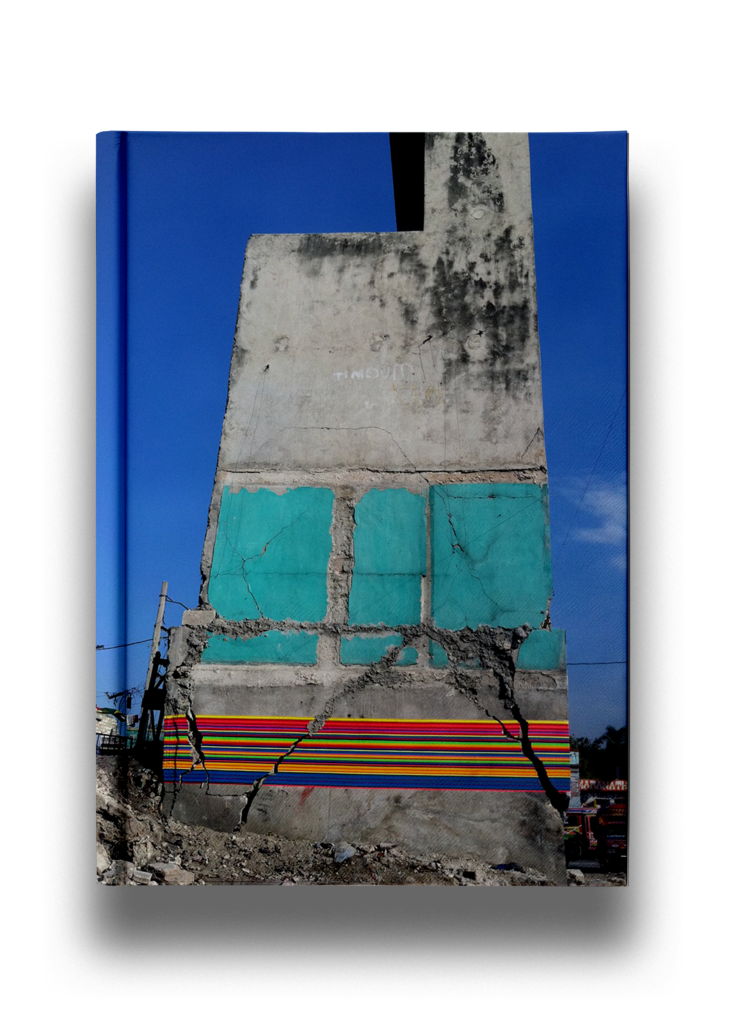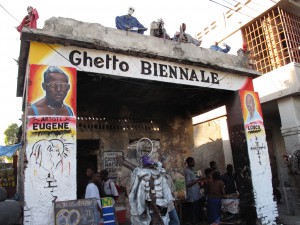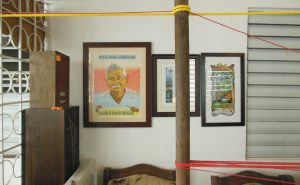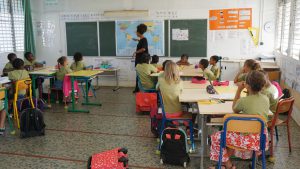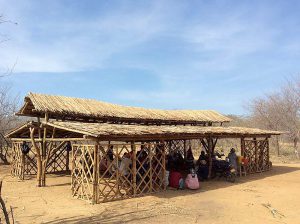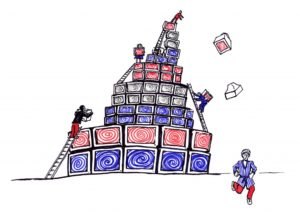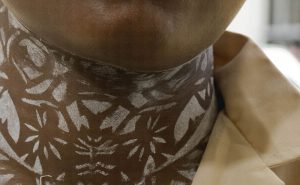Year
2019
Publisher
-
Author
David Frohnapfel
Annotation
David Frohnapfel, whose PhD research focus was the art scene of Port-au-Prince, Haiti, provides a reading and critique of the Ghetto Biennale, founded in 2009, for which he was assistant curator and co-curator for the second and third editions. The biennale takes place in the neighbourhood between Grande Rue and Rue du Magasin de L’Etat in downtown Port-au-Price, where artists affiliated with the Atis Rezistans collective, the co-founders of the biennale, live and work. Whilst British artist and curator Leah Gordon, another co-founder, has described the event as a ‘curated social situation’, Frohnapfel argues that the biennale is part of a ‘prolonged process of urban poverty tourism’ marred by power structures that often leave the Haitian artists disgruntled. Though remaining critical of the event, Frohnapfel asserts, ‘the biggest strength of this biennale project is indeed the production of a space where inter-klas tension and conflict become possible.’
Gabi Ngcobo
Traditionally the neighborhood between Grande Rue and Rue du Magasin de L’Etat was a place where artisanal craftwork for the Marché en Fer (Iron Market) in Port-au-Prince was produced. Today the neighborhood mainly produces craftwork for wider Caribbean tourist economies in Panama, the Dominican Republic, Jamaica, or Puerto Rico. Many families began to settle between these workshops and small warehouses, renting small houses made out of corrugated metal. In the last sixteen years, the inhabitants of this neighborhood re-invented the area as a destination for adventurous art tourists and adapted to its new visitors with an affinity for contemporary art. This development occurred parallel to the interest of Haitian and traveling curators in the assemblages and sculptures of the group Atis Rezistans.
